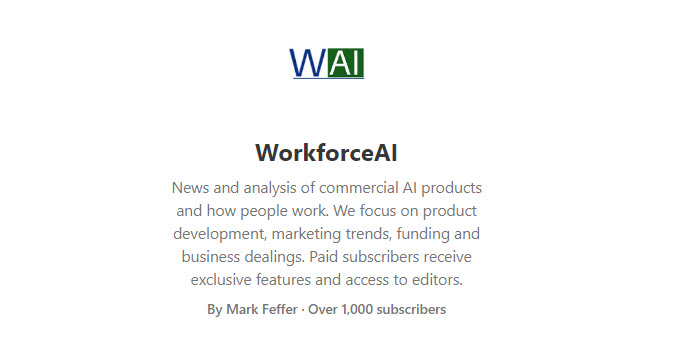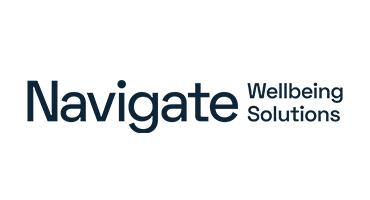More than 50% of 600 U.S. employers who responded to a recent RxBenefits survey said they would reevaluate their current pharmacy benefits plan if annual costs rose by 3-10%. That is likely not surprising to anyone involved in pharmacy benefits planning, considering pharmacy costs have been on an unrelenting upward trend for years, with total net spending on medicine expected to increase by $116 billion from 2024-29.
Even as employers—and their HR teams—continue to struggle to balance escalating costs and member access, rising utilization of categories like increasingly popular, high-cost GLP-1s and the ongoing emergence of specialty drugs for treating complex, chronic conditions may be thwarting those efforts. Making the already complex landscape that much more daunting are state-level regulatory changes and the as-yet unclear impact of announcements by the Trump administration. Amid all of this, delivering predictable financial outcomes for their pharmacy benefits plans may feel like a pipe dream.
However, careful plan design, an unbiased approach to managing high-cost categories and leveraging alternative approaches that are more aligned with their unique plan goals can help employers contain costs while avoiding wholesale disruptions and maintaining overall employee engagement.
The two highest-impact categories from a cost perspective are GLP-1s and the growing number of specialty drugs used to treat chronic conditions, particularly dermatological and anti-inflammatory conditions.
In fact, in 2024, eight out of the top 10 pharmacy spend drivers were GLP-1s for diabetes and weight loss, and specialty drugs for dermatological and anti-inflammatory conditions, according to RxBenefits’ book of business data.
See also: Pharmacies are closing nationwide. How is this affecting employees—and HR?
GLP-1s: A growing trend driver for costs
Nearly 2 million GLP-1 prescriptions were filled in Dec. 2024 alone, four times the number in Dec. 2023. Some reports state that almost 12% of Americans have tried these medications. And their use is only expected to grow as these drugs have already been indicated to treat certain cardiovascular conditions, risks associated with chronic kidney disease and sleep apnea, and manufacturers continue to explore more.
Their market share has already grown to $47 billion, with projections that it will exceed $471 billion by 2032. While highly effective for their approved indications, the exponential increase in the utilization of GLP-1s, often before other lower-cost options are tried when available, clearly poses a threat to plan bottom lines.
Ongoing impact of specialty drugs
Similarly, the growing number of available specialty drugs presents opportunities for patients and challenges for employers, particularly when the median list price of some of these medications exceeded $350,000 in 2024. An estimated 30 million Americans—about one in 10—have rare or specialty conditions.
And more specialty drugs are being launched every year to treat conditions that were previously treated with lower-cost alternatives. For example, psoriasis and Crohn’s disease now have specialty treatments, which could provide patients with longer-term symptom resolution. However, those drugs require a long-term commitment from patients and come with high costs. The annual cost of psoriasis treatments like Stelara and Tremfya exceeds $160,000 per patient. And considering 50-55 novel medicines are expected to launch per year over the next five years, the cost-containment challenge is evident.
Changing regulatory landscape and its impact on pharmacy benefits
State legislatures have been active—and growing increasingly more so—in passing laws that lawmakers believe can help rein in pharmacy benefits costs for employers. So far this year, more than 1,500 bills have been introduced—and dozens of them passed—in state legislatures that impact pharmacy benefits in some way. While the bills vary from state to state and span a broad range of topics governing the industry, a vast majority of them focus on some common themes, including utilization management, coverage requirements, pharmacy reimbursement and networks, rebates, spread pricing and co-pay accumulator programs.
Such a patchwork of laws not only makes pharmacy benefits increasingly complex for employers—particularly for those with members in multiple states—part of the unintended impact is also raising costs.
For instance, starting in October, employers in Alabama will now be responsible for an additional $10.64 dispensing fee per prescription, depending on who their pharmacy benefits manager (PBM) is. Elsewhere, under a new provision that became effective Nov. 1, employers in Illinois may be charged a $15 per-member, per-year fee that the state insurance department now requires the PBM to pay. While a single such law may not seem like a big deal, cumulatively, the growing wave of state legislative action could pose significant management and cost challenges for employers.
Innovative pharmacy benefits solutions for employers
Despite the challenges, employers can reclaim control over pharmacy benefits expenses through innovative strategies. Among strategies to explore are transitioning from traditional methods to specialized solutions and implementing targeted approaches that deliver measurable savings and cost trends that are sustainable in the long term.
- Carving out pharmacy benefits: Instead of a “carved-in” plan that combines medical and pharmacy benefits together, consider a “carved-out” option where pharmacy benefits are managed separately. This approach allows providers more control over costs and better oversight of specialty drug programs.
- Transparent and flexible pharmacy plan design: Transparent contracts eliminate hidden fees, lowering out-of-pocket costs for employees and driving accountability with PBMs. They clarify rebate arrangements, drug placements and pricing models, ensuring goals align with measurable outcomes.
- Biosimilar-first approaches: Biosimilars are up to 35% less expensive than reference biologics. With 72 biosimilars already approved in the U.S. and 97 more in development, the opportunity for savings is significant, particularly for plans that offer utilization management that prioritizes these options.
- New models: Innovative approaches such as Illuminate Rx, which offer greater transparency and flexible options that are aligned to an employer’s goals, can deliver tailored solutions for cost containment.
Rising drug costs create challenges, but partnering with pharmacy experts and adopting forward-thinking approaches can help employers strike the right balance between cost control and employee wellbeing. After all, creating a sustainable pharmacy benefits plan isn’t just a necessary move—it’s an investment in the health and future of the workforce.





















